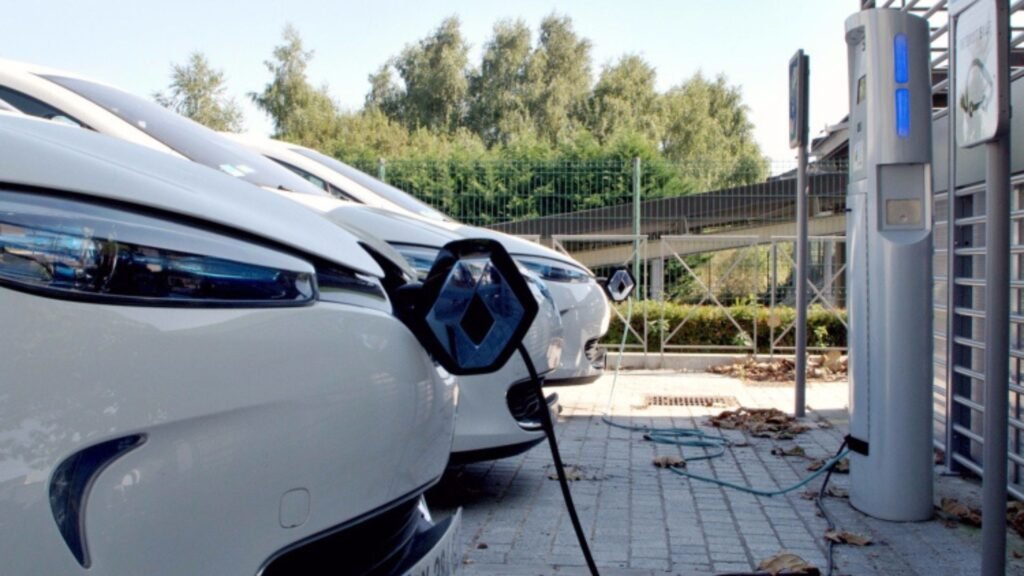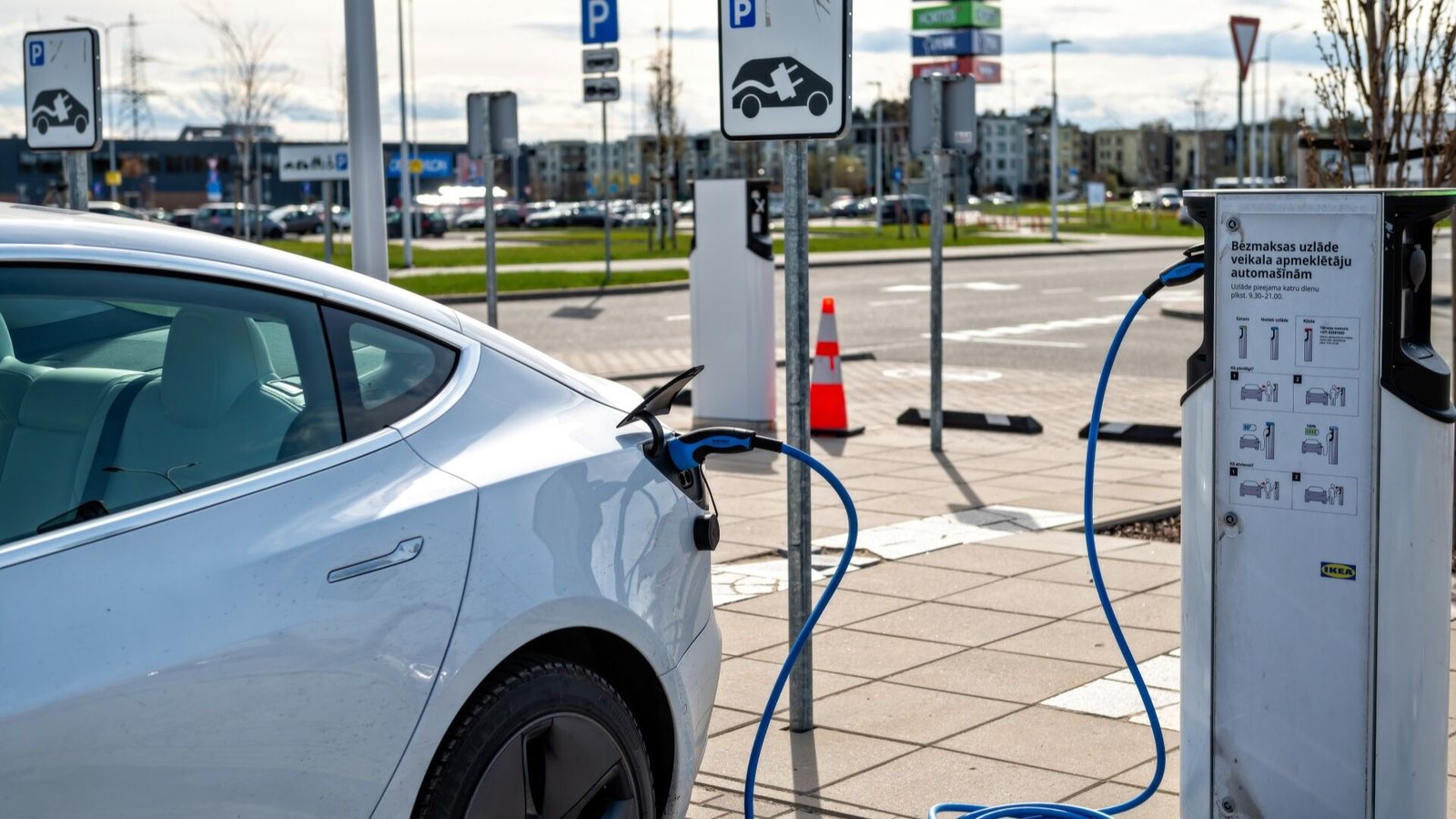Innovations in Hybrid Vehicles Technology
Hybrid vehicles combine traditional internal combustion engines with electric propulsion systems to offer improved fuel efficiency and reduced emissions. Over the years, hybrid technology has evolved significantly, leading to advancements that make these vehicles more efficient, powerful, and eco-friendly. In this post, we’ll explore the latest innovations in hybrid vehicle technology and how they are shaping the future of transportation.

1. Advanced Battery Technologies: Extending Range and Performance
One of the most significant innovations in hybrid vehicle technology is the advancement in battery technology. Modern hybrid vehicles utilize advanced lithium-ion batteries that offer higher energy density, faster charging times, and longer lifespans compared to older nickel-metal hydride (NiMH) batteries.
These new batteries not only enhance the vehicle’s overall performance but also extend the driving range of hybrid vehicles, making them more practical for everyday use. Additionally, researchers are working on next-generation battery technologies, such as solid-state batteries, which promise even greater efficiency and safety. By continuously improving battery technology, manufacturers can provide more reliable and longer-lasting hybrid vehicles.
2. Plug-in Hybrid Electric Vehicles (PHEVs): Increasing Flexibility
Plug-in Hybrid Electric Vehicles (PHEVs) represent a major leap forward in hybrid technology. Unlike traditional hybrids that rely solely on regenerative braking and engine power to recharge their batteries, PHEVs can be plugged into an external power source to charge their batteries. This allows PHEVs to drive longer distances on electric power alone before switching to the internal combustion engine.
PHEVs offer increased flexibility and fuel efficiency, as drivers can use electric power for short trips and rely on the gasoline engine for longer journeys. This technology bridges the gap between fully electric vehicles and traditional hybrids, offering a practical solution for reducing emissions and fuel consumption.
3. Regenerative Braking Systems: Enhancing Energy Efficiency
Regenerative braking systems are another key innovation in hybrid technology. These systems capture and convert the kinetic energy generated during braking into electrical energy, which is then stored in the battery for later use. This process not only improves the vehicle’s overall energy efficiency but also reduces wear on traditional braking components.
By utilizing regenerative braking, hybrid vehicles can achieve higher fuel efficiency and extend the driving range. This technology is becoming increasingly sophisticated, with advances in control algorithms and energy management systems that optimize the regenerative braking process for maximum efficiency.
4. Intelligent Energy Management: Optimizing Power Usage
Intelligent energy management systems are revolutionizing how hybrid vehicles use and distribute power. These systems use advanced algorithms and sensors to monitor driving conditions, battery levels, and energy consumption. They then optimize the interaction between the electric motor and the internal combustion engine to provide the best possible performance and fuel efficiency.
For example, intelligent energy management systems can determine when to switch between electric and gasoline power based on factors such as speed, acceleration, and driving terrain. This dynamic management ensures that the vehicle operates efficiently under varying conditions, enhancing both fuel economy and overall driving experience.
5. Enhanced Aerodynamics: Improving Efficiency
Aerodynamics play a crucial role in the efficiency of hybrid vehicles. Modern hybrid vehicles incorporate advanced aerodynamic designs to reduce drag and improve fuel efficiency. Features such as active grille shutters, rear spoilers, and underbody panels help streamline airflow around the vehicle, reducing resistance and improving overall efficiency.
By optimizing aerodynamics, manufacturers can enhance the performance of hybrid vehicles, allowing them to achieve better fuel economy and higher top speeds. This focus on aerodynamic innovation is part of a broader effort to make hybrid vehicles more competitive with traditional gasoline-powered cars.
6. Lightweight Materials: Reducing Vehicle Weight
Reducing vehicle weight is another important innovation in hybrid technology. Lightweight materials such as carbon fiber, aluminum, and high-strength steel are increasingly used in the construction of hybrid vehicles. These materials help lower the vehicle’s overall weight, which in turn improves fuel efficiency and handling.
By incorporating lightweight materials, manufacturers can offset the added weight of the hybrid battery and electric motor, ensuring that the vehicle remains agile and efficient. This approach not only enhances performance but also contributes to better fuel economy and reduced emissions.
7. Advanced Driver Assistance Systems (ADAS): Enhancing Safety
Advanced Driver Assistance Systems (ADAS) are becoming increasingly common in hybrid vehicles, providing enhanced safety and convenience features. Technologies such as adaptive cruise control, lane-keeping assist, and automatic emergency braking are integrated into hybrid vehicles to improve driver safety and reduce the likelihood of accidents.
These systems use sensors, cameras, and radar to monitor the vehicle’s surroundings and assist the driver in making safer decisions. By incorporating ADAS, hybrid vehicles offer a higher level of safety and help drivers navigate complex driving conditions with greater ease.
Conclusion
In conclusion, innovations in hybrid vehicle technology are transforming the automotive industry, making hybrid vehicles more efficient, powerful, and eco-friendly. Advances in battery technology, regenerative braking, and intelligent energy management systems are driving the evolution of hybrid vehicles, while enhancements in aerodynamics, lightweight materials, and driver assistance systems contribute to improved performance and safety. As these technologies continue to develop, hybrid vehicles will play an increasingly important role in the future of transportation, offering a sustainable solution to meet the demands of modern driving.

